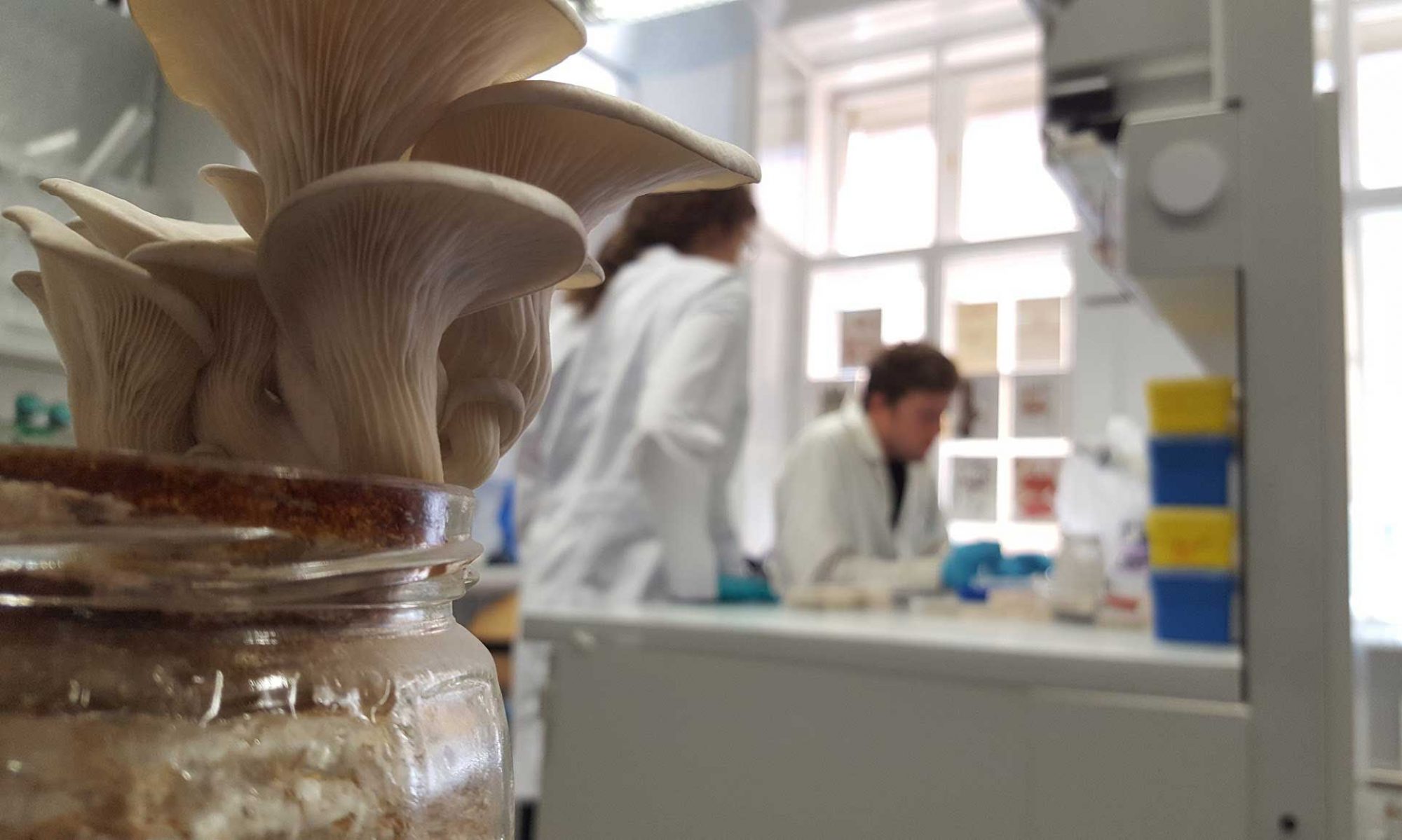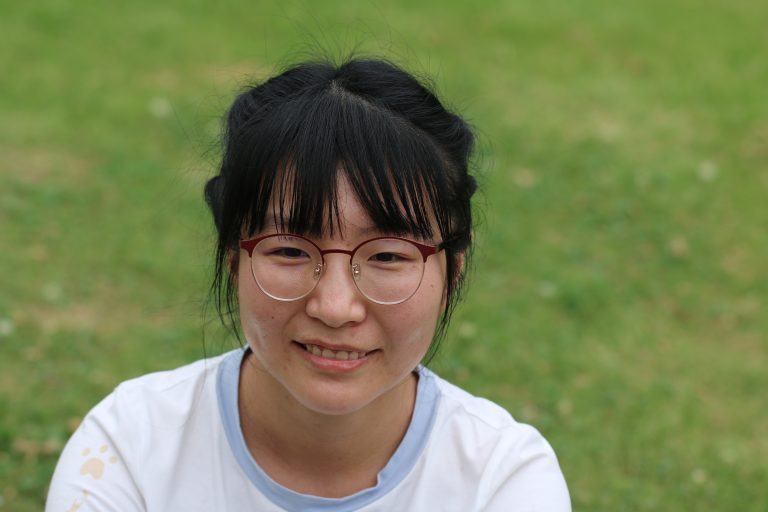I’m Mingyue Ding, a PhD student. My fascination in microbiology started from the book of Ed Yong “I Contain Multitudes: The Microbes Within Us and a Grander View of Life”, about the amazing partnerships between microbes and animals. What made me more interested in microorganisms was that I studied many different species of the filamentous fungus Trichoderma during my master research. Only a few mutations in DNA Barcodes corresponded to the huge differences in morphology, nutrition, and fitness. Some Trichoderma spp. even showed the characteristics of environmental opportunistic fungi, which inspired my strong curiosity. I want to continue researching the diversity of fungivorous hypocrealean fungi such as Trichoderma and Escovopsis and reveal at the genomic level why some of themare cosmopolitan, while others are limited in some specific local habitats.
My recent publications:
Ding, M., Chen, W., Gao, R., Jiang, S., Zhao, Z., Cai, F., and Druzhinina, I. S. Emerging salt marshes as a source of Trichoderma arenerea sp. nov. and other fungal bioeffectors for biosaline agriculture, Journal of Applied Microbiology, doi: 10.1111/jam.14751.
Cai, F., Gao, R., Zhao, Z., Ding, M., Jiang, S., Yagtu, C., Zhu, H., Zhang, J., Ebner, T., Mayrhofer-Reinhartshuber, M., Kainz, P., Chenthamara, K., Bayram-Akcapinar, G., Shen, Q., and Druzhinina, I. S. 2020 Evolutionary compromises in fungal fitness: hydrophobins hinder the adverse dispersal of spores and challenge their survival, The ISME J 14, 2610–2624 (2020). https://doi.org/10.1038/s41396-020-0709-0
Gao, R., Ding, M., Jiang, S., Zhao, Z., Chenthamara, K., Shen, Q. Cai, F., Druzhinina I.S. 2020. The evolutionary and functional paradox of cerato-platanins in the mycoparasitic fungi Applied and Environmental Microbiology 86:e00696-20

